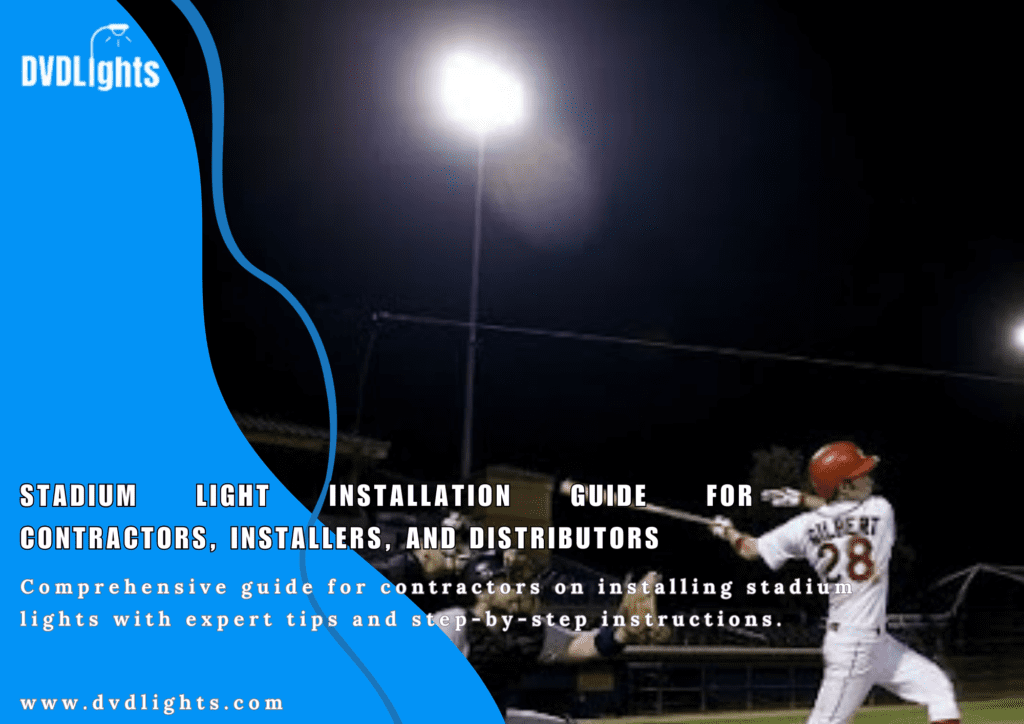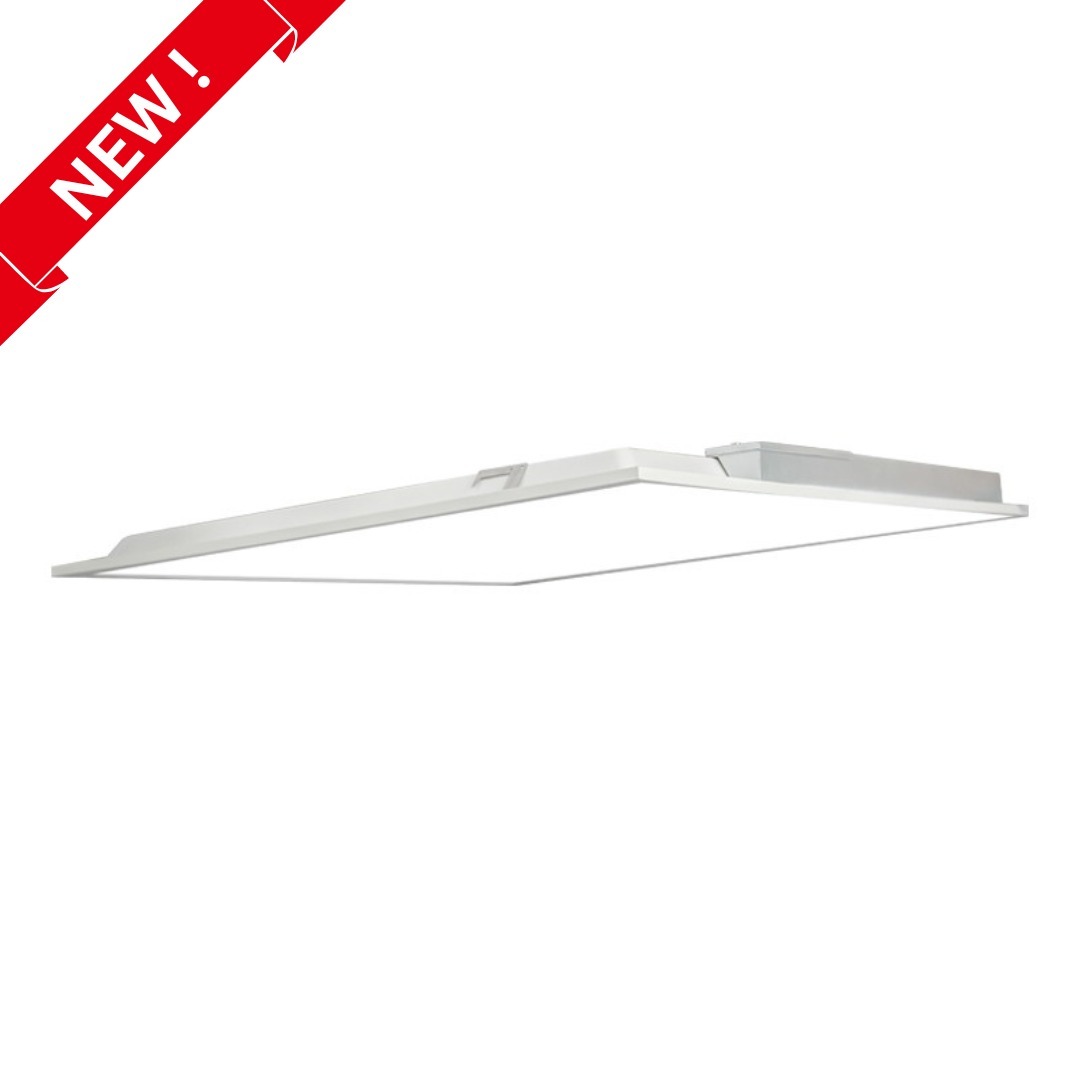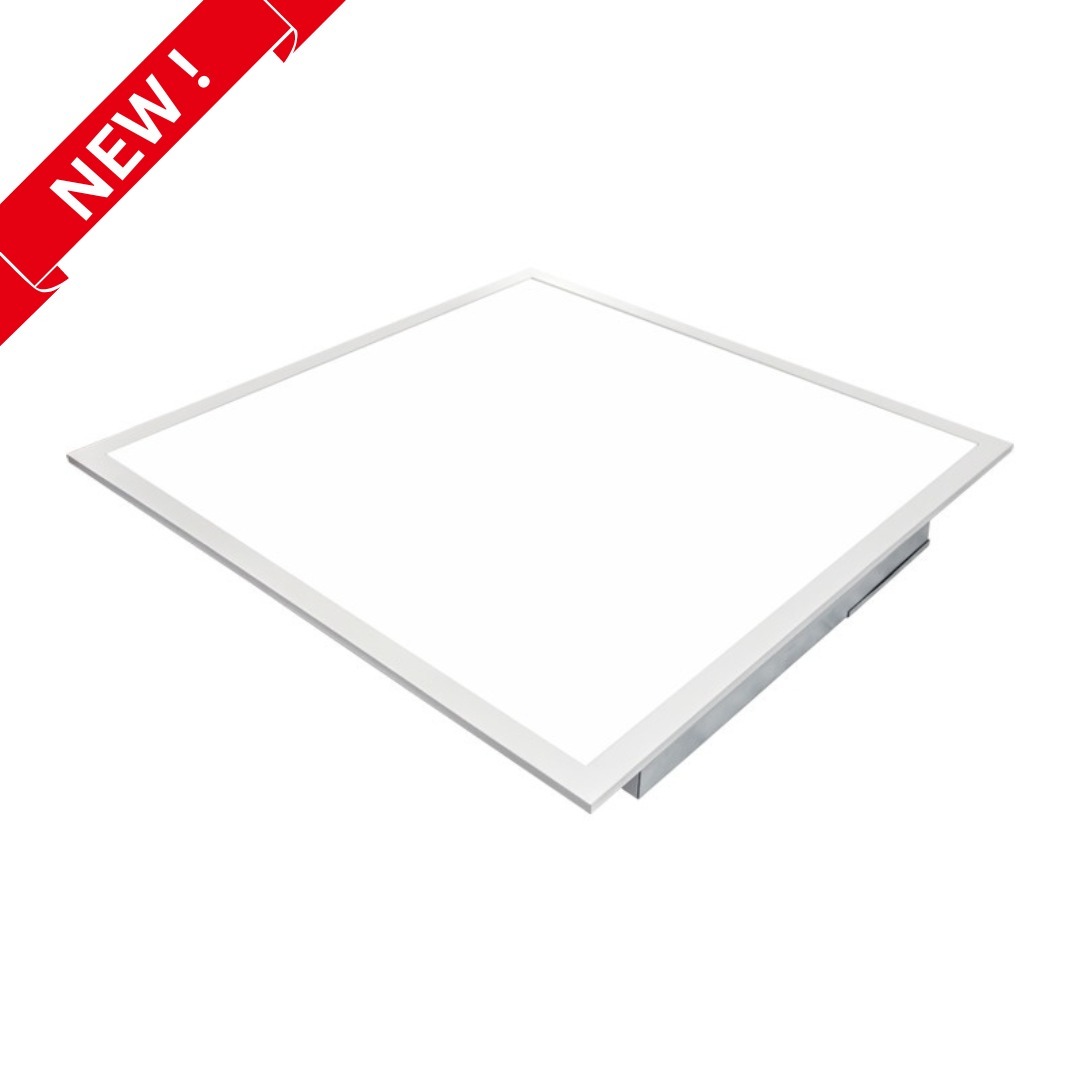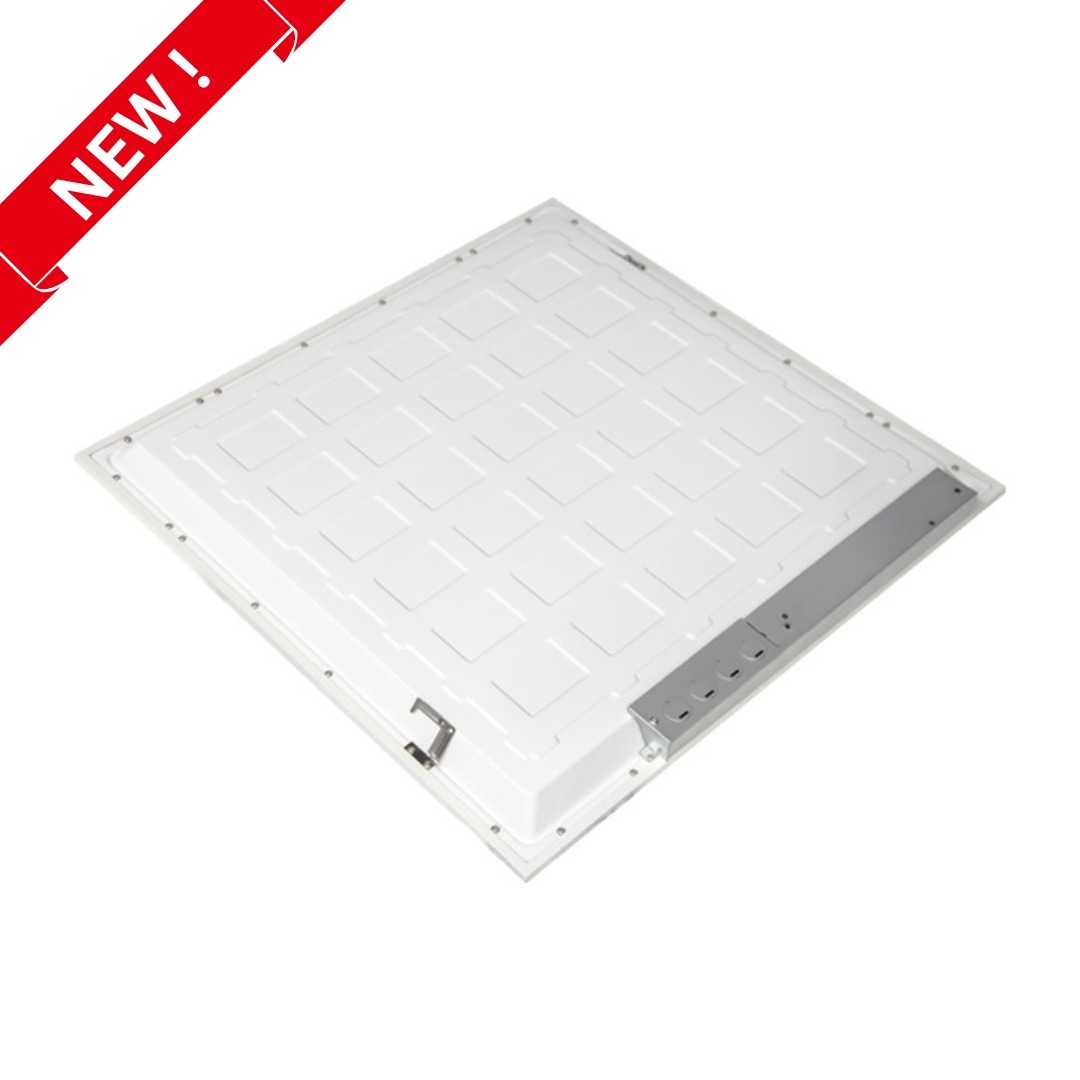Stadium lighting is a vital component for enhancing the experience of players, spectators, and broadcasters alike. Whether for a professional sports stadium, a high school football field, or a local soccer pitch, the importance of proper lighting cannot be overstated. Not only does it ensure the safety and performance of athletes, but it also elevates the fan experience and ensures that televised events are clearly visible. For contractors, installers, and distributors, understanding the nuances of stadium light installation is key to ensuring a successful project. This guide aims to provide in-depth insight into the installation process, the best practices to follow, and the types of LED lighting solutions that should be considered.
1. The Importance of Proper Stadium Lighting
The primary purpose of stadium lighting is to provide clear visibility for both players and fans. However, modern stadium lights do much more than simply illuminate the field. They play a critical role in ensuring that the stadium is a safe environment, reducing shadows, and creating an engaging atmosphere for spectators. Additionally, properly designed lighting can help reduce energy consumption and lower maintenance costs, which is especially important for venues that host frequent events.
For contractors and installers, this means selecting a lighting system that meets all of these needs while also adhering to budget constraints. LED lighting has emerged as the top choice for stadiums due to its efficiency, long lifespan, and superior light quality. These lights are widely used across various sports venues, including stadium lights for football fields, stadium lights for soccer fields, and even tennis court stadium lighting setups.
Photo from Donald Miralle via iStock
Key Considerations:
- Uniform Illumination: One of the key aspects of effective stadium lighting is ensuring that the entire field is evenly illuminated. This reduces shadows and ensures that athletes have clear visibility from every angle, whether it’s a fast-paced soccer match or a crucial football play.
- Minimizing Glare: High-quality stadium lights should minimize glare, especially for players who need to maintain focus during critical moments. Spectators also benefit from reduced glare, which improves their viewing experience, whether in person or on a televised broadcast.
- Energy Efficiency: Since stadium lights often need to operate for several hours, energy efficiency is crucial. LED lights offer significant savings compared to traditional lighting technologies like metal halide lamps.
- Durability and Weather Resistance: Stadium lighting needs to withstand a variety of environmental conditions, including rain, wind, and extreme temperatures. Choosing high-quality fixtures that are designed for outdoor use ensures they will last longer and require less frequent maintenance. This is especially critical for open-air stadiums where exposure to the elements is a concern.
2. Selecting the Right LED Lighting Solutions
When it comes to selecting the right lighting solution for stadiums, LED lights have become the industry standard due to their efficiency, reliability, and brightness. Choosing the correct type of LED lights for your specific stadium is essential to achieving optimal results. Whether you’re working on LED lights for arena lighting, professional sports stadium lighting, or school sports field lighting solutions, there are various options to consider.
Common Types of LED Lighting for Stadiums:
- LED Floodlights: These are the most widely used lights for stadiums. They provide a wide beam of light, making them perfect for illuminating large spaces, such as football fields, soccer pitches, and baseball diamonds. LED floodlights are known for their high lumens output and energy efficiency, making them a staple for both football fields and soccer fields.
- LED Area Lights: Similar to floodlights, area lights are designed to cover broad areas, making them ideal for use in open stadiums or surrounding areas such as parking lots, entryways, and walkways. Their wide beam angles ensure that they provide ample coverage with fewer fixtures.
- LED Wall Packs: While not typically used to illuminate the playing field, wall packs are essential for providing lighting around the stadium’s perimeter, such as on building exteriors, concession areas, and spectator walkways. This ensures that all areas of the stadium are safely lit, contributing to a positive visitor experience.
Key Factors to Consider When Choosing LED Stadium Lights:
- Wattage and Lumens: The wattage of the lighting fixtures will depend on the size of the stadium and the level of visibility required. Higher-wattage lights produce more lumens, making them ideal for large venues that need bright, clear lighting for activities ranging from soccer to tennis court stadium lighting.
- Beam Angle: LED lights come in a variety of beam angles, ranging from narrow to wide. Narrow beam angles provide concentrated light, which is ideal for illuminating specific areas of the field, while wide beam angles are better suited for general lighting purposes.
- Color Temperature: The color temperature of the lights affects the visibility and ambiance of the stadium. For sports venues, a cooler color temperature (between 4000K and 6000K) is usually preferred, as it provides a crisp, clear light that closely mimics daylight.
- IP Rating: The IP (Ingress Protection) rating of the fixtures determines how well they can withstand exposure to dust, water, and other environmental factors. For outdoor stadiums, a high IP rating (typically IP65 or higher) is recommended to ensure the fixtures are weatherproof.
3. Planning and Preparation for Installation
The success of a stadium lighting installation begins long before the first fixture is mounted. Proper planning and preparation are critical to ensuring that the project is completed on time, within budget, and to the satisfaction of all stakeholders.
Steps to Prepare for a Successful Installation:
- Site Assessment: The first step in any stadium lighting project is conducting a thorough site assessment. This involves taking detailed measurements of the field, evaluating the existing power infrastructure, and identifying any potential obstacles that could impact the installation process.
- Lighting Design and Layout: Once the site assessment is complete, the next step is to create a lighting design that meets the specific needs of the stadium. This includes determining the number and placement of fixtures, the required light intensity (lux levels), and the beam angles needed to achieve uniform coverage.
- Electrical Requirements: Stadium lighting systems require significant power to operate, especially when using high-wattage LED fixtures. It’s essential to ensure that the stadium’s electrical infrastructure can handle the increased load. If necessary, electrical upgrades should be made before installation begins.
- Safety Considerations: Safety is paramount during the installation process. Contractors and installers should ensure that all team members are properly trained and equipped with the necessary safety gear. This includes harnesses for working at heights, proper scaffolding, and adherence to local electrical codes.
Photo from Frazao Studio Latino via iStock
4. Installation Process: Step-by-Step
Once the planning phase is complete, the actual installation can begin. Installing stadium lights is a complex process that requires careful coordination between contractors, electricians, and project managers. Here’s an overview of the key steps involved:
- Installing Light Poles: The first step is to install the stadium light poles, which will support the LED fixtures. Depending on the size of the stadium, these poles may need to be installed at varying heights to ensure even light distribution. Larger venues may require cranes and heavy equipment to secure the poles.
- Mounting the Fixtures: After the poles are installed, the LED fixtures can be mounted. Contractors should follow the lighting design layout to ensure that the fixtures are positioned correctly and at the right angles to provide the desired light coverage.
- Electrical Connections: The next step is to connect the fixtures to the stadium’s electrical system. This involves running cables from the fixtures to the control panels, ensuring all wiring is secure and properly grounded.
- System Testing: After all electrical connections are made, the system must be thoroughly tested. This includes checking brightness levels, ensuring there are no shadows, and adjusting the beam angles if needed.
- Final Adjustments: Once testing is complete, contractors can make any final adjustments, such as fine-tuning the fixture angles. Afterward, the system is ready for commissioning.
5. Maintenance and Support After Installation
While LED stadium lights are known for their longevity and low maintenance requirements, regular upkeep is necessary to ensure optimal performance. Contractors should provide a maintenance plan that includes recommendations for routine inspections and cleaning.
Key Maintenance Tips:
- Routine Cleaning: Over time, dirt can accumulate on the fixtures, reducing their brightness. Regular cleaning will maintain efficiency.
- Inspection for Damage: Regularly inspect fixtures and wiring for damage, especially after severe weather events. Loose fixtures or compromised wiring could result in decreased performance.
- Replacement of Parts: While LED lights have a long lifespan, certain components may need replacement, such as drivers or lenses. Using high-quality replacement parts is critical to maintain system integrity.
6. Conclusion
The installation of stadium lights is a specialized task that requires careful planning, technical expertise, and a deep understanding of modern lighting technology. For contractors, installers, and distributors, following best practices ensures successful installations. By using energy-efficient LED lights, following proper installation procedures, and ensuring ongoing maintenance, contractors can deliver lighting systems that provide long-term value and optimal performance.
By using energy-efficient LED lights, following proper installation procedures, and ensuring ongoing maintenance, contractors can deliver lighting systems that stand the test of time and provide long-term value for stadium owners and operators.
FAQs
1. What are the best types of LED lights for stadiums?
LED floodlights are the most commonly used lighting solutions for stadiums due to their wide beam angles and high lumens output. Additionally, LED area lights and LED wall packs are often used for perimeter lighting and surrounding areas.
2. How can I ensure even light distribution across the stadium?
A detailed lighting design and layout plan is essential for ensuring even light distribution. The plan should include the number of fixtures, their positioning, and the beam angles needed to cover the entire field without creating shadows.
3. How long do LED stadium lights typically last?
LED lights are known for their longevity, with most high-quality fixtures lasting between 50,000 to 100,000 hours depending on usage and maintenance.
4. Are there dimmable options for LED stadium lights?
Yes, many modern LED stadium lights come with dimmable options, allowing stadium managers to adjust brightness levels based on the specific needs of the event.
5. What maintenance is required for LED stadium lights?
Regular cleaning and periodic inspections are necessary to keep the lights functioning optimally. Over time, certain components may need replacement, but overall, LED stadium lights require less maintenance than traditional lighting systems.




















